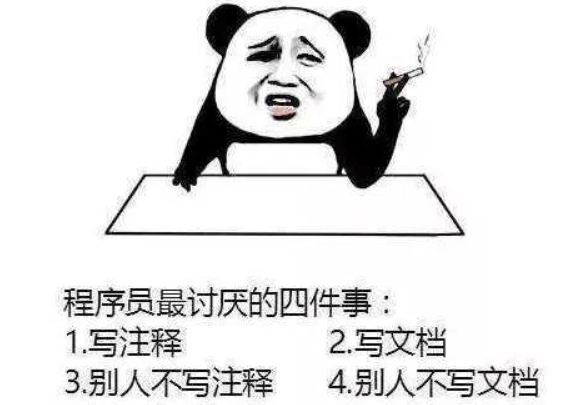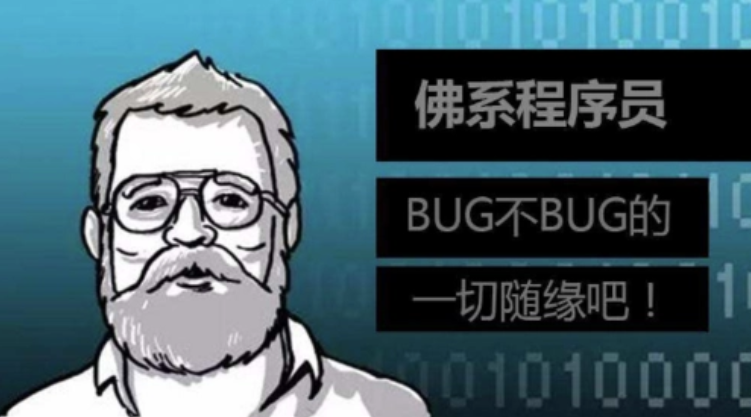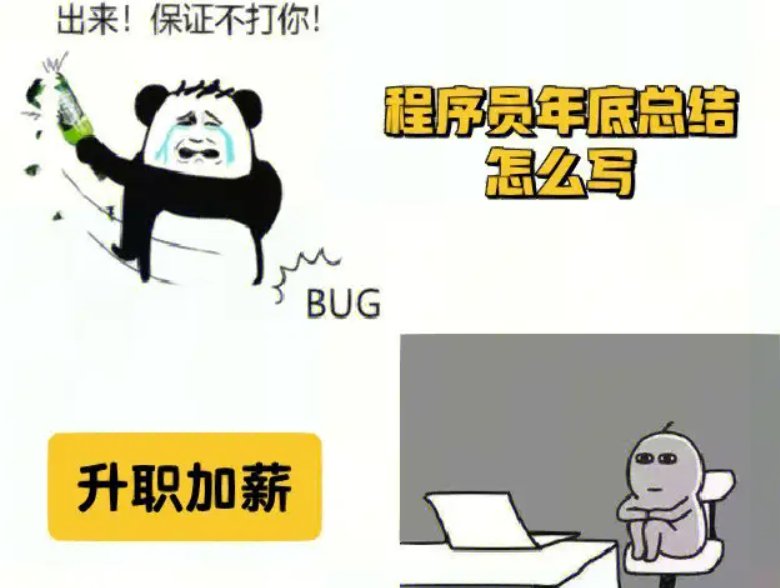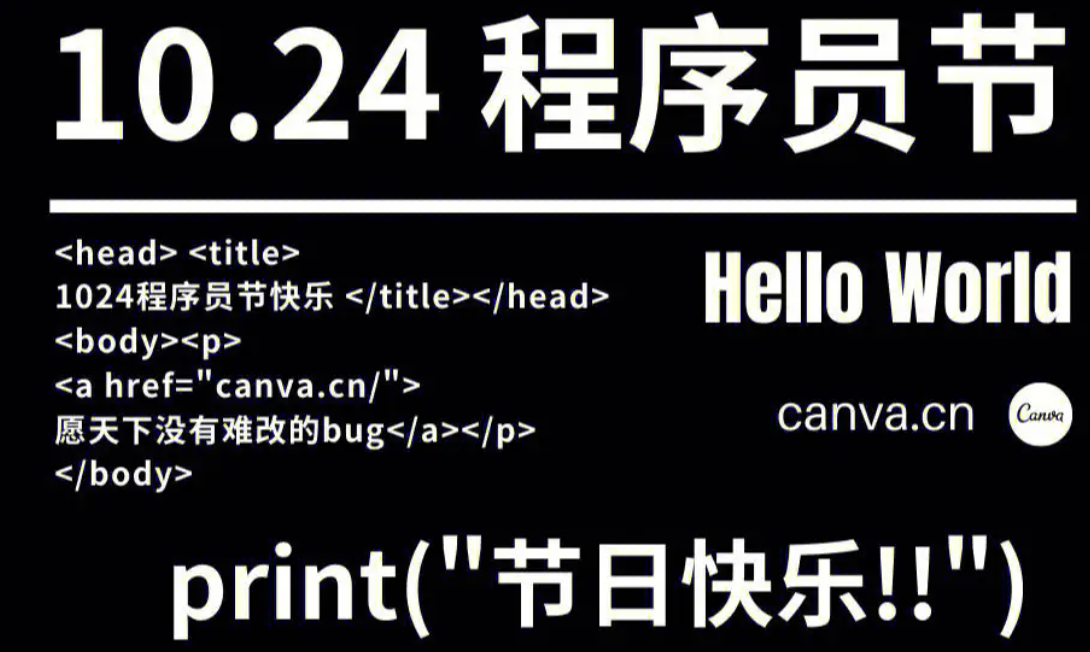您是正确的,纯HTML表单无法直接控制传输编码方式。要实现真正的chunked传输编码(Transfer-Encoding: chunked),需要更底层的控制。以下是修正后的专业方案:
一、核心原理
- HTTP协议层:
Transfer-Encoding: chunked是HTTP/1.1的标头字段,由客户端/服务器自动协商 - 浏览器限制:现代浏览器对XHR/fetch会自动启用chunked传输(当无法预知Content-Length时)
二、正确实现方案
前端代码(强制触发chunked模式)
<!DOCTYPE html>
<html>
<body>
<input type="file" id="fileInput">
<button onclick="upload()">Upload</button>
<script>
function upload() {
const file = document.getElementById('fileInput').files[0];
if (!file) return;
const xhr = new XMLHttpRequest();
xhr.open('POST', '/upload', true);
// 关键设置:不设置Content-Length将自动启用chunked
xhr.setRequestHeader('Content-Type', 'application/octet-stream');
// 使用ReadableStream API(现代浏览器支持)
const stream = new ReadableStream({
start(controller) {
const reader = new FileReader();
reader.onload = e => {
controller.enqueue(new Uint8Array(e.target.result));
controller.close();
};
reader.readAsArrayBuffer(file);
}
});
xhr.send(stream);
}
</script>
</body>
</html>
后端验证(Node.js示例)
const http = require('http');
http.createServer((req, res) => {
console.log(`Received headers: ${JSON.stringify(req.headers)}`);
req.on('data', chunk => {
console.log(`Received chunk size: ${chunk.length} bytes`);
});
req.on('end', () => {
res.writeHead(200);
res.end("Upload complete");
});
}).listen(3000);
三、关键验证点
请求头检查:
POST /upload HTTP/1.1 Transfer-Encoding: chunked # ← 必须存在此头部Wireshark抓包验证:
Frame 123: 1042 bytes on wire (8336 bits) Transmission Control Protocol [Stream setup] Hypertext Transfer Protocol POST /upload HTTP/1.1\r\n Transfer-Encoding: chunked\r\n # ← 关键标志 \r\n [Chunked payload]
四、高级场景处理建议(来自零声教育架构课程)
| 场景 | 解决方案 |
|---|---|
| CDN加速 | Pre-signed URL + S3分片上传 |
| 断点续传 | Content-Range + ETag校验 |
| 海量小文件 | WebTransport over QUIC |
如果需要完整的企业级文件上传解决方案(含分布式存储集成),可以参考零声教育的《高性能网络编程》课程中的第7章「大规模文件传输优化」。
内容由零声教学AI助手提供,问题来源于学员提问




















